Summer is quickly approaching, bringing with it a new season of sports for young athletes. High school sports push athletes to their limits, but when temperatures soar, the risk of heat stroke becomes a silent but serious threat. While the immediate dangers are widely recognized, the lingering health effects often go unnoticed. Heat stroke isn’t just a temporary setback, it can leave lasting damage that impacts an athlete’s future well beyond their high school years.
Understanding the Lasting Impact of Heat Stroke
Heat stroke occurs when the body overheats and can no longer regulate its temperature, leading to core temperatures exceeding 104°F (40°C). If not addressed immediately, this condition can trigger severe complications across multiple organ systems.
Young athletes are especially vulnerable due to intense physical exertion, environmental conditions, and sometimes inadequate hydration or acclimatization. The long-term consequences of heat stroke include:
- Cognitive Impairment – Memory issues, difficulty concentrating, slower processing speeds, and even personality changes.
- Reduced Heat Resilience – Some individuals often develop an increased sensitivity to high temperatures, limiting future athletic performance.
- Kidney Damage – Severe cases may lead to chronic kidney disease, requiring ongoing medical management.
- Liver Dysfunction – Heat stroke can cause liver inflammation, impairing detoxification and overall metabolism.
- Cardiovascular Stress – An increased risk of heart rhythm abnormalities, weakened circulation, and reduced exercise tolerance.
The Role of Mij: A Smarter Approach to Athlete Safety
Traditional prevention methods rely on hydration schedules, rest breaks, and environmental monitoring, but these alone can’t track an athlete’s internal response to heat stress. This is where Mij changes the game.
Mij is an advanced soft sensing wearable technology designed to monitor an athlete’s microclimate in real-time. By delivering instant feedback, it enables coaches and trainers to detect early signs of heat stress before it escalates to a medical emergency.
How Mij Helps Prevent Heat-Related Injury
To protect athletes from the dangers of heat stroke, schools and sports programs need a data-driven approach. Mij enhances prevention efforts by:
- Providing real-time alerts when an athlete’s individual microclimate reaches concerning levels.
- Tracking hydration status to ensure optimal fluid balance before dehydration sets in based on indicators from the body.
- Detecting early signs of heat exhaustion, allowing for proactive intervention before an athlete experiences severe symptoms.
- Personalizing training recommendations, ensuring each athlete’s workload is tailored to their individual heat tolerance.
Beyond Prevention: Recognizing When to Act
Even with the best precautions, heat stroke can still occur. Recognizing early warning signs can make the difference between a full recovery and lasting health consequences. Symptoms include:
- Excessive sweating followed by hot, dry skin
- Disorientation, confusion, or slurred speech
- Rapid pulse and dizziness
- Loss of consciousness
If heat stroke is suspected, immediate cooling and emergency medical attention are critical. Delayed response increases the risk of permanent health complications.
A Call to Action: Keeping High School Sports Safe
Protecting young athletes from heat-related illnesses is a shared responsibility between coaches, trainers, parents, and the athletes themselves. By integrating Mij’s real-time monitoring capabilities into training regimens, teams can create safer playing environments that prioritize health and performance.
With climate change driving more extreme heat conditions, the risks to young athletes are higher than ever. It’s time to take a smarter, technology-driven approach to athlete safety, because no game is worth a lifetime of health challenges.

